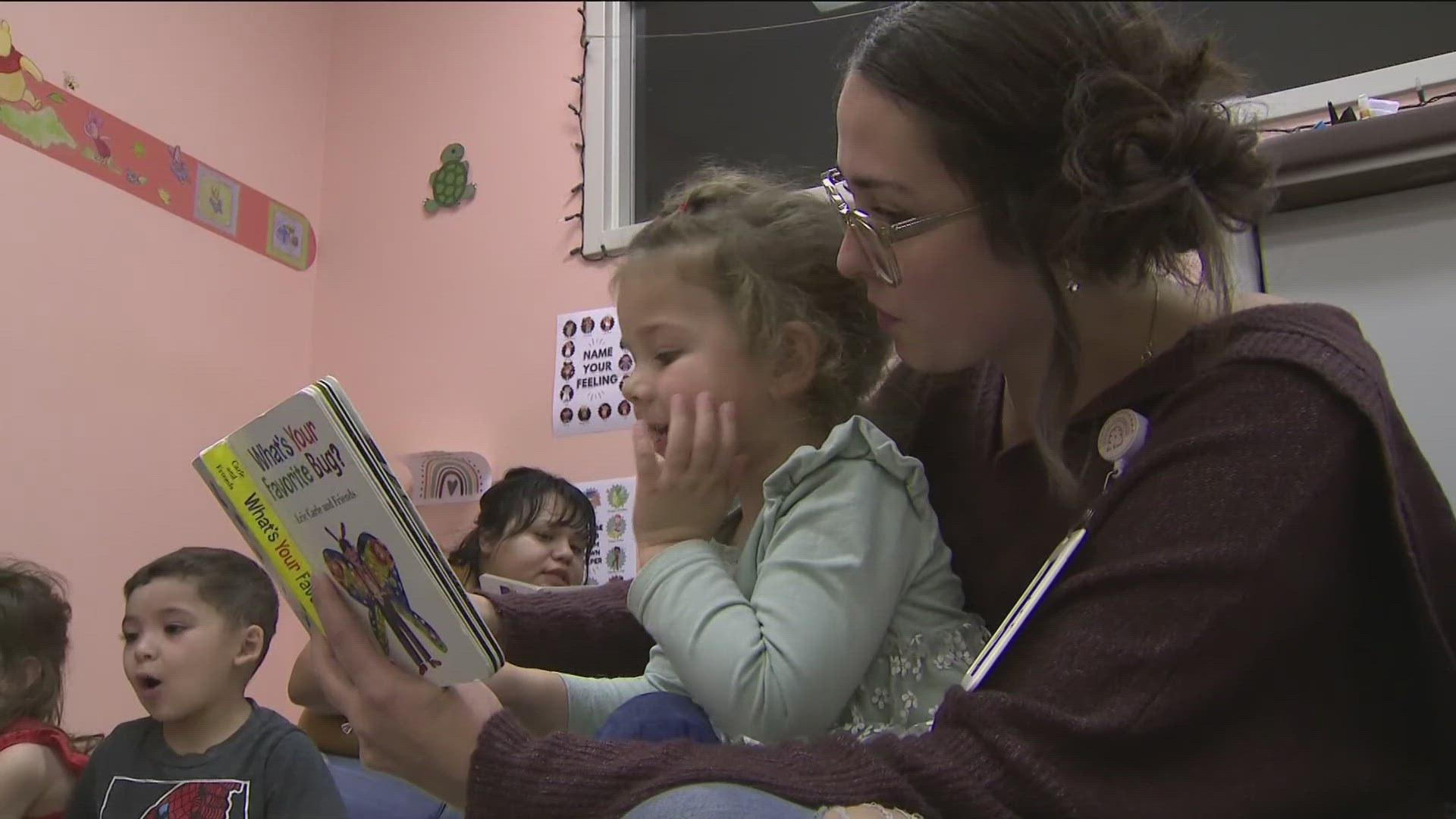Child Care Centers Experience Low Enrollment Following State Aid Program Suspension


Childcare Crisis: The Unintended Fallout from Program Suspension
In a move that has sent ripples of concern throughout the childcare community, the Idaho Department of Health and Welfare recently announced the suspension of a significant childcare program. As centers brace for the impending impact, many operators are expressing fears that the repercussions could be far more severe than they initially anticipated.
The decision to pause the program comes in the wake of ongoing challenges faced by childcare providers, who are already grappling with a host of issues including staffing shortages, rising operational costs, and an increased demand for services post-pandemic. Care centers that relied heavily on this program as a source of funding are now left scrambling to determine how they will sustain their operations and continue providing essential care for children.
The childcare sector plays a critical role in supporting families and the economy, and the suspension of such programs raises alarming questions about the viability of these centers, particularly those serving lower-income families who may find alternate childcare options limited or unaffordable.
Impact on Care Centers and Families
Operators of childcare facilities have voiced their deep concerns about the fallout. Many center directors reported that, prior to the program’s suspension, they were already facing substantial financial strain, with many having to rely on alternative funding sources to meet operational costs. The abrupt pause on assistance is perceived as a substantial blow, with several centers indicating that the withdrawal of funding could lead to downsizing of services, reduced staff hours, or even permanent closures.
Local directors have emphasized that securing affordable childcare is vital, not just for families who depend on these services to work, but also for the overall economic health of the community. As the supply of childcare dwindles, parents will face added difficulties finding appropriate childcare solutions, potentially forcing some to reduce their work hours or reevaluate job opportunities entirely.
Voices from the Community
“Before this program was paused, we were already under immense pressure,” said Sarah Thompson, the director of a local childcare facility. “Now, we’re not just talking about finances; we’re talking about the wellbeing of the families we serve. This could push many of them to the brink.”
Local parents shared similar sentiments, expressing concern about their ability to find suitable care. “With my job requiring more hours, I was relying on this program to ensure my kids were in a safe environment while I worked,” said Maria Garcia, a mother of two. “Now, I feel like I have to make difficult choices, and that’s not fair to any parent trying to stay afloat.”
A Broader Context: The State of Childcare
The situation isn’t unique to Idaho; across the United States, childcare providers have been experiencing similar struggles. Many programs that aimed to aid families have faced funding cuts, leading to increased pressure on already overworked facilities. According to recent reports, approximately 16% of childcare centers have closed since the onset of the pandemic, largely due to financial strain.
Policy analysts warn that without immediate intervention, the suspension of programs like the one in Idaho risks exacerbating the childcare crisis at a national level. Efforts to revive aid and support for childcare providers are critical not just for the immediate wellbeing of families, but for the broader economy as well, as many parents rely on childcare services to return to the workforce post-pandemic.
Moving Forward
As the Department of Health and Welfare reassesses the situation, many advocates are calling for swift action to support struggling childcare centers. Solutions might include reinstating funding, providing grants or tax relief for providers, or developing partnerships with local businesses to subsidize care.
For now, the anticipation of further repercussions continues to loom over Idaho’s childcare landscape, as care centers and families brace for the unknown challenges ahead. In the coming weeks, stakeholders will likely forge new paths to ensure the vitality of childcare, but the urgency to act has never been more pronounced.
The needs of children, families, and the entire community are at stake, and overcoming this crisis requires collaboration and commitment from all parties involved.





